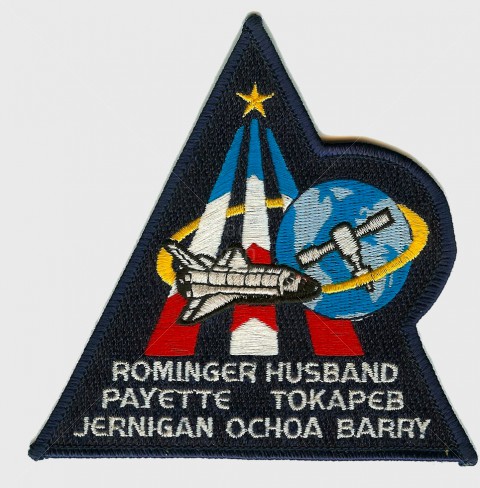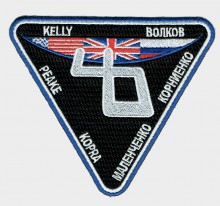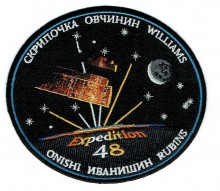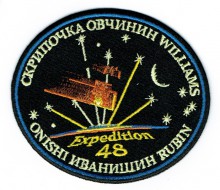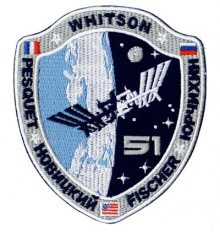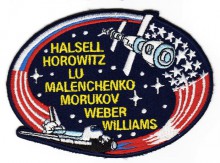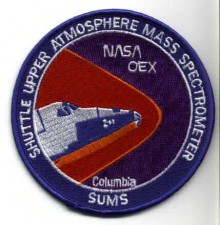STS-96 was a Space Shuttle mission to the International Space Station (ISS) flown by Space Shuttle Discovery, and the first shuttle flight to dock with the International Space Station. The shuttle carried the Spacehab module in the payload, filled with cargo for station outfitting. STS-96 launched from Kennedy Space Center, Florida, on 27 May 1999 at 06:49 EDT.
STS-96 was a logistics and resupply mission for the International Space Station carrying the Spacehab Double Module (DM) 13th Spacehab overall (6th dual module use).
Also the Integrated Cargo Carrier (ICC) carried the Russian cargo crane, known as STRELA, which was mounted to the exterior of the Russian station segment, the SPACEHAB Oceaneering Space System Box (SHOSS) and a U.S. built crane called the ORU Transfer Device (OTD).
Other payloads on STS-96 were the Student Tracked Atmospheric Research Satellite for Heuristic International Networking Equipment (STARSHINE), the Shuttle Vibration Forces Experiment (SVF) and the Orbiter Integrated Vehicle Health Monitoring – HEDS Technology Demonstration (IVHM HTD).
Designed by the crew members, this is the mission insignia for the STS-96 space flight, the second Space Shuttle mission dedicated to the assembly of the International Space Station (ISS). The crew patch highlights the major themes of the Station Program: Earth-directed research, the advancement of human space exploration, and international cooperation. The Space Shuttle Discovery is depicted shortly after reaching orbit as the crew prepares to carry out the first docking with the new Station. At this early stage in its construction, ISS consists of two modules: Zarya and Unity, shown orbiting Earth. The triangular shape of the patch represents building on the knowledge and experience of earlier missions, while the three vertical bars of the astronaut emblem point toward future human endeavors in space. The five-pointed star that tops the astronaut emblem in this depiction is symbolic of the five space agencies participating in the development of ISS: NASA, the Russian Space Agency, the European Space Agency, the National Space Development Agency of Japan, and the Canadian Space Agency. The blend of red, white, and blue is a tribute to the nationalities of the crew members who are from the United States, Canada, and Russia.
This version of the STS-96 patch was likely originated from the same maker as patches sold by Bama Space Patches on ebay. The solar panels on the Unity module are separate from the body.
- Log in to post comments

